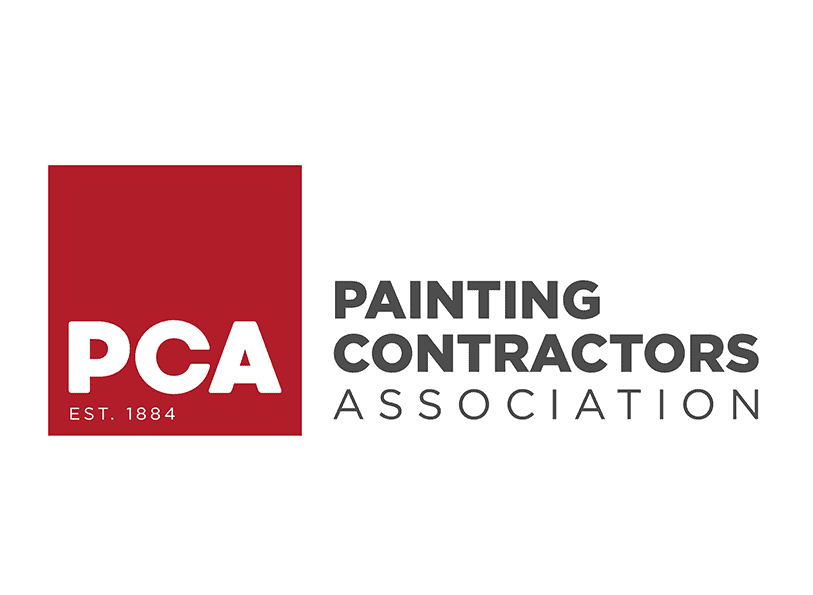16 Dec Tips for Accurate Wall Color Representation
Selecting a wall color can be tricky. Our experience and expertise as painters in the Northern Virginia area have taught us a lot about color perception related to color selection. So, we thought we’d share our dos and don’ts for accurate color selection to help you avoid being disappointed. A blue swatch might not look so blue once it’s painted on the wall!
Best time and light to select a color:
It’s best to look at paint color samples in the middle of the day in the room where it would be applied. Ideally, the light in the room should be indirect, natural sunlight. It gives the most accurate color representation. If it’s too bright in the room, the paint color will appear more muted. Also, early morning and evening lights will darken the color.
We also suggest looking at a paint sample on the wall during the mid-morning and evening hours. (It’s OK to use ambient lighting in the room during the evening viewing.) Seeing the paint color at various times throughout the day allows you to see the color variations throughout the day, so there aren’t any surprises later. Here are some other tips for picking out paint colors.
Here are other things to know:
- Items in a room can affect the perception of wall color.
- Reds and oranges become more intense as the day progresses.
- Darker colors will become harder to distinguish with less light.
- Paint color can look different in an empty room compared to one with furnishing. Light reflects differently throughout a room when there’s furniture and can affect color perception.
- The color in a room, including the color of furnishings, can affect how the wall color is perceived.
- Natural and artificial light affect color perception as well.
- Incandescent bulbs cast a warm orange while fluorescent cast a cooler blue.
- LED lighting typically casts a more neutral white.
If you are thinking about repainting your home or office, we would be happy to meet with you in your Northern Virginia home. Contact us today to schedule a free, no-obligation consultation.
FAQ
Why does my wall color look different at various times of day?
Wall colors can appear dramatically different depending on the amount and type of light in a room. Natural sunlight, the direction your windows face, and artificial lighting all influence how paint colors are perceived. For instance, a color may look warmer in a sunlit, south-facing room but appear cooler or even grayish in a north-facing, dimmer space. Always observe your paint samples at different times of day and under different lighting conditions before making a final choice.
What is the best way to test paint colors to ensure accuracy?
Avoid testing small patches directly on your wall, as surrounding colors and textures can distort your perception. Instead, paint large samples (such as 12″ x 12″ squares) on white poster board or sample boards, then move them around the room. View these samples on all walls and at different times of day to see how the color shifts in various lighting and locations.
How do I prevent undertones from unexpectedly appearing on my walls?
Undertones are subtle hues that can become more pronounced depending on lighting and surrounding colors. To prevent surprises, always test your chosen color in the actual room and compare it with other elements (like flooring, furniture, and trim). Be cautious of choosing colors based only on small paint chips, as undertones often become visible only when the color is seen in a larger area and in context.
Can I use technology to help with accurate color selection or matching?
Yes, there are color matching tools and apps that can scan your wall and suggest the closest paint matches. However, for the most reliable results, take physical paint chips home and compare them directly under your room’s lighting. If you’re trying to match an existing color, professional paint stores can often create a custom match if you bring in a small sample from your wall.
Why is it important to consider all walls and not just one when testing paint colors?
Colors can look different on each wall due to varying light exposure, shadows, and even reflections from outside greenery or nearby surfaces. Testing your color on all walls ensures you get a comprehensive view of how it will appear throughout the space, reducing the risk of unexpected color shifts once the entire room is painted.

Mike Katounas is the owner of Home Works Painting, a painting business in Northern Virginia. He has over 15 years of experience in residential interior and exterior painting, drywall installation/repair, carpentry, wallpaper removal, power washing, commercial painting, color consultation, and staining/sealing. Their service areas include Chantilly, Fairfax, Herndon, Oakton, Reston. Mike takes pride in his work, and he always follows a strict code of conduct that includes the use of quality paint, a clean workspace, and an honest, respectful approach to his customers.












Sorry, the comment form is closed at this time.